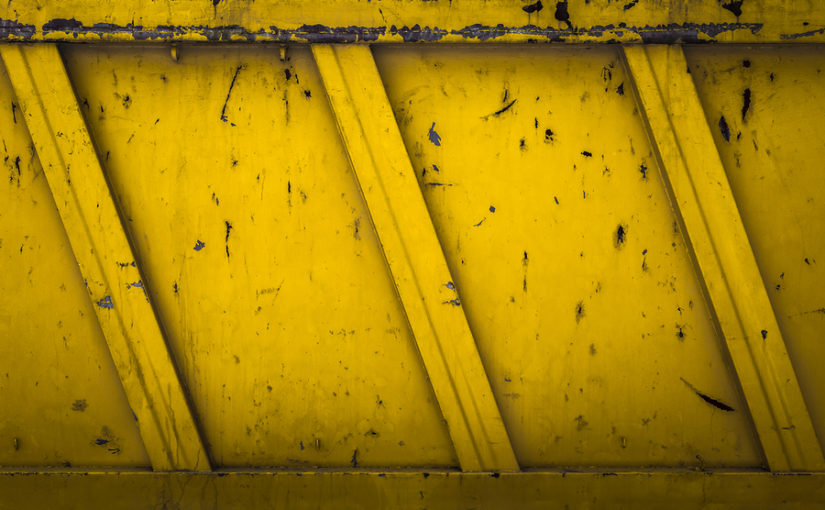Knowing how to choose the right size of skip is a useful first step when arranging your skip hire – we’re happy to help if you’re not sure, but ultimately it’s your decision which skip to hire, and it doesn’t have to be an overly difficult decision.
But it’s worth remembering that the right size of skip to hire is not based solely on how much waste you will generate during the work you carry out, but can also depend on the types of waste you need to dispose of, how bulky and heavy it is, and if it is restricted from disposal via skip.
Items banned from skips
First of all, check our list of items you can’t put in a skip, as you will need to dispose of these in a different way, and that might reduce the amount of waste you can put in your skip overall.
Some examples of restricted items include:
- Items that contain acids or hazardous fluids e.g. batteries, half-empty paint cans.
- Hazardous building materials like asbestos and plasterboard.
- Explosives and highly flammable materials.
- Fridges and freezers (although we can usually arrange a separate collection for these).
If there’s any doubt, just ask and we’ll be happy to advise on whether you can dispose of your waste in the same skip, a separate skip, via a special collection from us, or potentially via your local council or other collection service.
Bulky/heavy waste
Not all waste materials have the same density – some can be bulky but light, while others might be compact but heavy.
Our different sizes of skip to hire are suitable for different materials, so if you know you will have a large quantity of very light materials, or you need to get rid of something very heavy, let us know.
Our sizes of skip to hire
We can supply the following sizes of skip to hire:
- Midi Skip – 4 cubic yards, up to 45 black bags.
- Maxi Skip – 8 cubic yards, up to 90 black bags.
- Jumbo Skip – 14-16 cubic yards, up to 200 black bags.
- RORO Skip – Up to 35 cubic yards, compatible with roll-on/roll-off transporters.
- Enclosed Skips – Available in different sizes, with a lockable lid to protect contents.
Again, if you want an honest expert opinion, please contact us and we can tell you what size is usually most suitable for the type of project you have planned.
However, if there is still any doubt, as a general rule of thumb it is worth getting the next size up – we cannot collect overfilled skips but you’re not obliged to use all of the available capacity.
Because of this, it’s better to err on the side of caution and get a slightly larger skip. You won’t have to worry about running out of room before your project is complete, and it’s more economical overall than if you have to hire a second skip at short notice because you run out of space.
